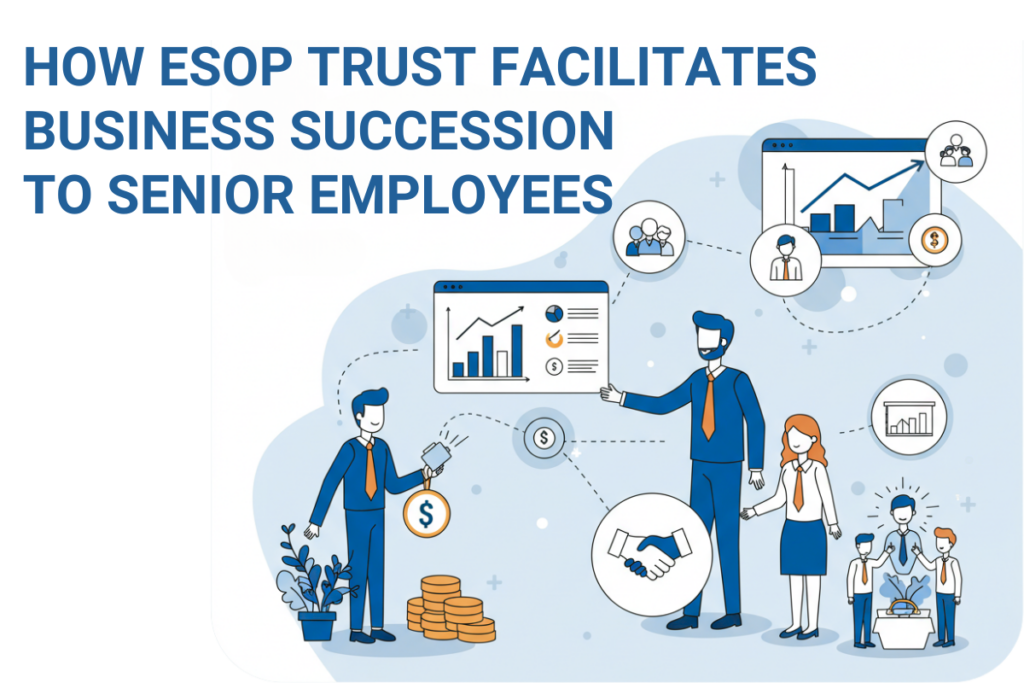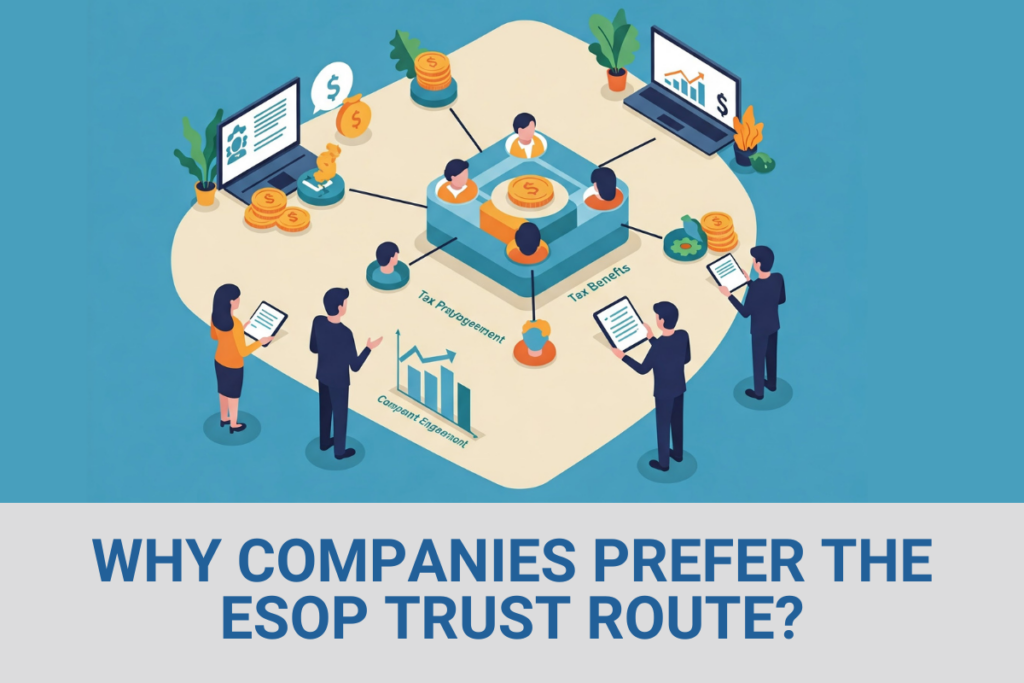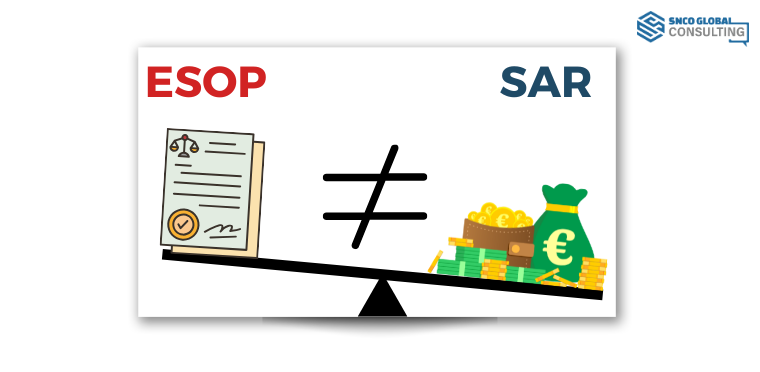Q&A on SAR, Phantom Shares, ESOPs, and Related Topics for Private Limited Companies and Start-ups
Q1: What is the difference between SAR and Phantom Shares? Answer: While Stock Appreciation Rights (SARs) and Phantom Shares are similar in their objective of rewarding individuals without issuing actual equity, they differ in key aspects: Regulatory Framework: SARs: Governed by specific regulations Phantom Shares: Not governed by specific regulations; they are structured through contractual […]










